
One giant downside of all the cool technology we have at our fingertips nowadays is what happens to it after we’re done with it. Throwing out e-waste with regular garbage leaches toxic chemicals into our ecosystem. Even doing the responsible thing and recycling e-waste uses harsh chemicals, and can have devastating repercussions for the humans involved. But still, we must try to find a way to limit the damage, because technology has become a major part of modern life, and isn’t going away.
Scientists at ETH Zurich have found a small, elegant solution that we can add to our arsenal, that neatly doubles recycling both e- and food waste. They have developed an aerogel (roughly, a gel substance in which the water content has been replaced by a gas, making it incredibly porous) from old milk. This milk-derived aerogel can be used to winkle out highly pure bits of gold from discarded motherboards, which can then be collected and processed for reuse.
“[Prof. Raffaele] Mezzenga and his team took discarded whey, a by-product of strained milk, and extracted extremely long, nanoscopically thin protein fibres. They then added a chemical acid to link the fibres together, froze them and finally heated the resulting mass to form an aerogel.
Next, they placed the aerogel in a soup of computer motherboards, which they had stripped of all non-metal parts and then dissolved in a combination of hydrochloric and nitric acid. They found that the aerogel absorbed gold ions from the liquidised e-waste. After drying and burning the aerogel scaffolding, Mezzenga and his team recovered whole gold nuggets of more than 90 per cent purity, equivalent to 22 carats, with most of the remainder of the nugget consisting of copper.”
The process is great because it has low overhead, as it uses two waste products to accomplish the results. Plus, it’s way less toxic than traditional recovery processes. But it isn’t quite as effective, as the 10 per cent of copper left in the nuggets attests. (I wonder if this can be mitigated by using recycled metals for applications that don’t require complete purity?) Either way, this is a fascinating advancement in recycling, and a really cool use of something I’d sniff a carton of and regretfully toss!
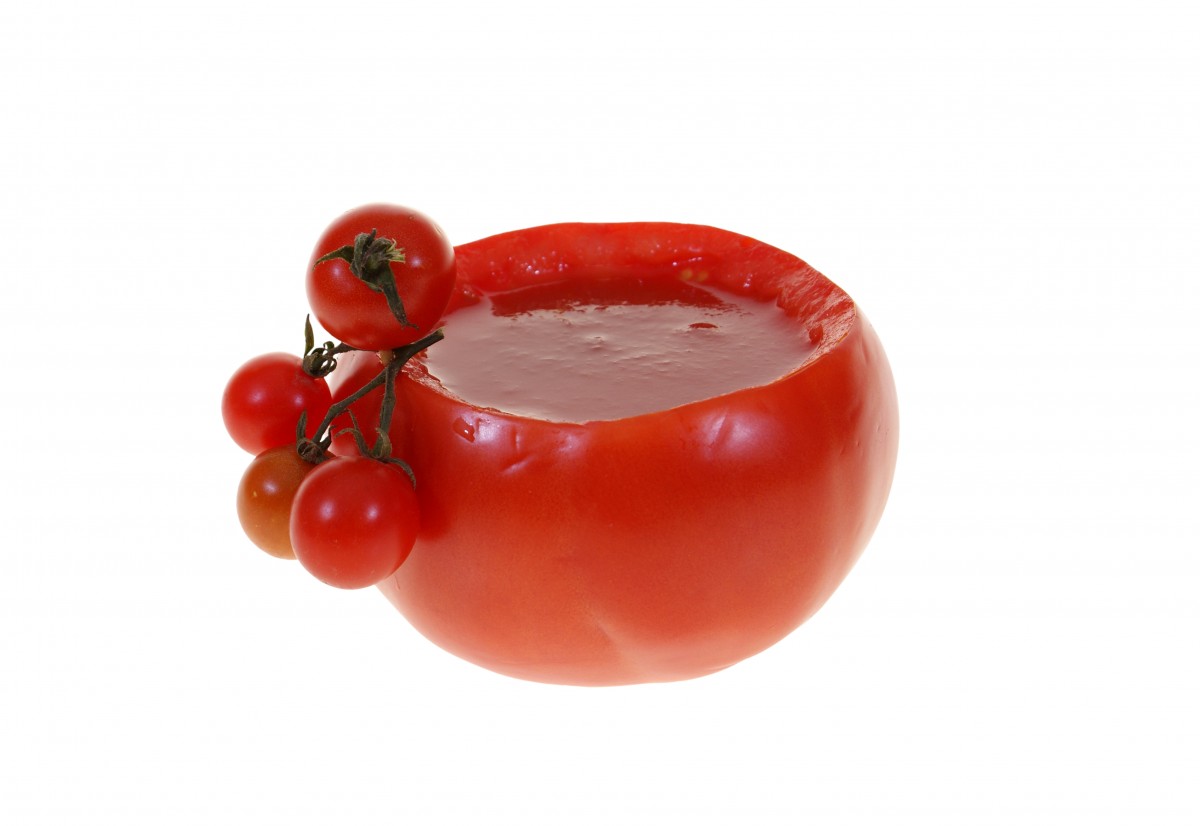
Tomato lovers rejoice! Science has discovered a new feature of the tangy, antioxidant-filled fruit (technically, berry) that makes sauces, salads, and airplane beverage service such a delight. A team of Cornell microbiologists tested tomato juice’s bacteria-killing abilities, and found it startlingly effective at taking out one of the evillest food-borne pathogens out there, Salmonella enterica Typhi. This form of Salmonella not only causes the traditional violent gastric upheaval of food poisoning, but when it escapes the digestive tract and enters the bloodstream, it causes typhoid fever. ”
Typhoid is a giant public health problem in parts of the world where sanitation and access to clean water are in flux – usually places where malnutrition is common too. So researchers looked to kill two birds with one tomato and see if the nutritional powerhouse could have an effect on food-borne illness. And (contrary to at least my original assumption) it wasn’t the acidity that did it!
“The researchers scanned the genome of tomatoes (Solanum lycopersicum) looking for genes encoding small proteins called peptides that might act as antimicrobial agents.
From four initial candidates, the team identified two antimicrobial peptides that inhibited the growth of Salmonella Typhi and even killed off a strain resistant to ciprofloxacin, the primary antibiotic used to treat typhoid fever.
Lastly, the researchers modeled the shape of their two lead candidate peptides and simulated their interactions with the bacterial cell membranes. As the modeling predicted, the two peptides ruptured Salmonella Typhi’s cell membranes in just 45 minutes.”
In addition, the peptides successfully killed off Salmonella typhimurium, a cousin of the lethal kind that just gives you regular ol’ food poisoning. While these results are from pitting peptides against microbes in a lab, and may not be as spectacular on the battlefront of a full digestive system, it’s a pretty cool indicator of how eating your vegetables (or fruits) can be good for you in unexpected ways!
I have to confess I loathe a self-checkout. They’re buggy, frustratingly slow, and a tragic sign that businesses are willing to take livelihoods away from real people in the name of commerce. I can feel my cells dying when the sensor accidentally double-scans my liter of milk and I have to wait ages for a poor, run-off-ther-feet clerk to restore justice to the world. But I was resigned to what seemed like a certain fate: With our mania for integrating technology into our lives, the self-checkout was unfortunately here to stay. 
But, according to the venerable BBC, the future of the technology is far more complicated. It seems that the multi-million dollar investment in the supermarket’s Next Big Thing (that started in the ’90s!) has peaked. Users and proprietors alike have a variety of reasons to have had it up to here with the self-serve kiosks. For the former, see my above litany of flaws! And for the latter, they can facilitate outright fraud (remember that whole “ring everything in as bananas” hack?).
“In a 2021 survey of 1,000 American shoppers, 60% of consumers said they prefer to use self-checkout over a staffed checkout aisle when given the choice, yet 67% of consumers have had the technology fail while trying to use it.
The bottom line is businesses want to cut costs, and shoppers want to get in and out of a store. If self-checkout isn’t the answer, they’ll find another avenue.
‘It’s not that self-checkout technology is good or bad, per se… [but] if we try self-checkout and realize we’re not benefiting from it, we might switch back to not using it,’ says Amit Kumar, an assistant professor of marketing and psychology at the University of Texas, who studies consumer behaviour and decision-making.
That appears to be happening in many cases, as customers’ frustrations with the technology persist. But [sociology professor Christopher] Andrews says that while stores may change up their strategies – as seen with Dollar General and others – many large retail chains are likely to keep kiosks in stores due to sunk costs. ‘They spent billions putting it in stores, and are hoping they can still get the public to buy into it,’ he says.
While the shine is off this particular apple, stores seem to be willing to offer more opportunities to choose between staffed and unstaffed checkouts, versus throwing the tech to the curb entirely. What a capitalist choice, putting both options in the hands of consumers and seeing which come out on top! I know I’m in camp Have a Lovely Chat About the Weather with a Living Human over here. But either way, we consumers will come out of it with our groceries, one way or another!
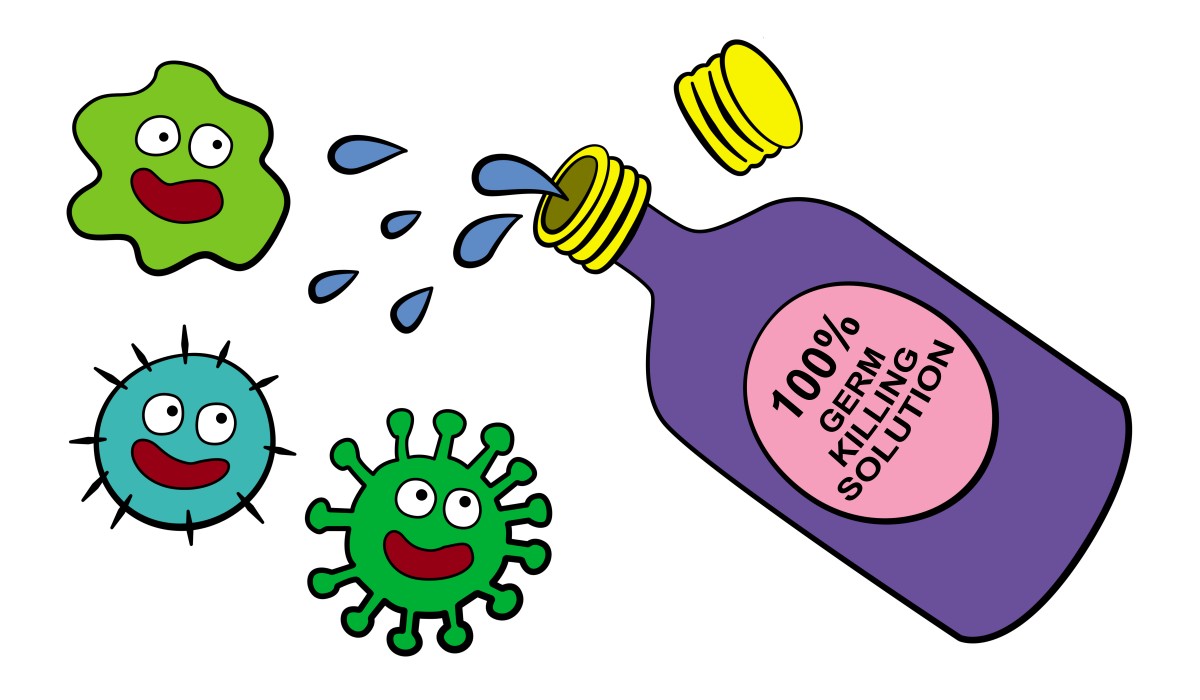
Good thing I have well-mannered friends, otherwise I’d have to keep this dispatch in mind during my next party! Bon Appetit has done a recent deep dive into the real science behind double dipping. The act of dunking, say, a corn chip into a bowl of salsa, biting off the dipped part, and then going back for more with the saliva-bedecked Tostito is all well and good if you’re on your own. (Add a rainstorm outside and a good book, and that’s what I call a perfect afternoon!) But at a shindig with others, it’s a recipe for rudeness – if not bacterial transmission.
The article cites a study from Clemson University, in which the students involved first dipped bitten crackers in plain water, then in water where the pH was lowered to mimic the acidity of common snack dips. The bitten cracker delivered about 1000 more bacteria per millilitre of water than the control (unbitten) cracker. When a bitten cracker was dipped into the acidic water, the initial measurements were similar, but some of the bacteria were killed off by the acid over a two-hour wait.
“Lastly, the focus shifted to various dips: salsa, chocolate syrup, and jarred cheese dip, each differing in pH and viscosity. The researchers found that when ‘clean’ crackers were used, the dips harbored negligible additional bacteria. However, after being exposed to a double-dipped cracker, the amount of germs harbored in each dip also differed: Salsa accumulated approximately five times more bacteria than the chocolate and cheese dips. And two hours later, the bacterial counts in the salsa reduced to levels similar to the other dips.
This can be explained by a couple of factors: A thin dip like salsa is more likely to drip from your bitten chip back into the communal dip, dragging your lurgies along with it. ‘In a thicker food the bacteria are going to be more immobilized and not spread throughout the dip,’ [food scientist Dr. Donald] Schaffner says. But salsa is also more acidic than the others, obliterating some of the bacteria over time.”
Bacterial levels in dips can also be affected by what kind of bacteria your double dipper has in their mouth, how much of it, and the temperature at which the dips are served. Having the details laid out in black and white by such a simple experiment is quite illuminating. It seems this time-honoured point of etiquette has a scientific basis. Even if it didn’t I’d still single dip at parties – but in my own home, that salsa is mine!

The only time I’ve really thought about my tongue is when I’ve burned it on hot soup or pizza or coffee, and then that unpleasant numb and sandpapery sensation gets in the way of all the awesome things I want to taste for a day or two. Otherwise, it’s justmy words and staying out of the way of my teeth, and doing a bunch of actually really complex and difficult stuff completely unconsciously… Now that I think about it, go tongues!
Researchers have discovered another superpower the muscular mouth organ can add to its list: Each has a distinctive “tongue print,” likened to a fingerprint, that may tell the secrets of the human its attached to. The University of Edinburgh-based team used AI to analyze silicone casts of fifteen subjects’ tongues, taking microscopic scans and creating comprehensive maps of their taste buds. There were some surprising predictive results.
“The research, published in the journal Scientific Reports, found that a single papilla could predict someone’s gender and age with moderate accuracy, up to 67% – 75%, and even the specific individual could be identified from the 15 study participants with about 48% accuracy (a random predictor would have an accuracy of just 6.66%).
While further studies are needed to confirm this in larger numbers of people, the study provides some of the first evidence that tongue papillae could act as unique identifiers, the authors said. […]
Studying how the distribution of papillae varies across individuals and populations could provide new insights into why certain people or groups like some foods more than others, and how tongue features correlate with various medical conditions.”
This phenomenon could be a boon to the nutrition of the future as well, helping scientists understand how a food is interpreted by different tongues in order to pare down the fat content without losing flavour, for example. The hardworking, humble tongue has some mysteries left; it’s up to us to become aware of the miracle in our mouths, and crack them!
In this space, we’ve looked at the many ways food scientists are innovating alternatives to traditional foods, with the frequent goal of taxing our poor planet less. They’ve done cheese, meat, chocolate – and now coffee!
The massively popular, hot (or cold) caffeinated beverage is traditionally made from beans that thrive at a specific altitude and temperature. With climate change, well, changing climates everywhere, researchers with the American Chemical Society have decided to get ahead of the misery in store for Java addicts and find out if we can do without the real thing. First, they lab-grew cells from the leaves of Coffea arabica plants, rather than beans themselves.
“Then the cells were freeze-dried, ground into a fine powder and roasted under three different conditions. Longer roasting times produced colors similar to dark roast coffee beans; the  researchers mentioned this was important for flavor perception. Additionally, the current lab-grown powders contained twice as much caffeine as previous bioreactor coffee products, although the current powders’ levels were much lower than those in farmed beans. The team brewed beverages with the roasted cell cultures or dark roast C. arabica beans and served them to trained taste-testers.”
researchers mentioned this was important for flavor perception. Additionally, the current lab-grown powders contained twice as much caffeine as previous bioreactor coffee products, although the current powders’ levels were much lower than those in farmed beans. The team brewed beverages with the roasted cell cultures or dark roast C. arabica beans and served them to trained taste-testers.”
The testers reported findings that, depending on how hooked you are on the jitter juice, could be promising, or distressing. Among them: bitterness was similar; aromas of burnt sugar and smoke were more present; and some distinctive flavour was lost simply because the plant cells don’t have the same compounds in them (guaiacol and pyrazines) that coffee beans do. But it is heartening to hear that, no matter what terrible things we persist in doing to our delicately balanced ecosystem, we can still grind up some sort of roasted biological substance, and still get that sweet, sweet burst of caffeine!

I’m sure Santa’s reindeer are napping right now after a gruelling night delivering presents to good children all over the world. And now, new research has shown that they’re probably doing it while eating – according to scientists from the University of Zurich. This team has discovered a behaviour unique to reindeer, where the ruminant animals maximize both their sleeping and snacking by doing both at the same time. They believe this helps the reindeer take advantage of long northern days during the growing season, stuffing themselves for the long winter ahead.
Reindeer extract the most nutrients out of their cellulose-heavy diets by passing food up and down their series of four (!) stomachs, and back up into their mouths – as “cud” – to be further broken down by ruminating. By running a sleep trial of sorts on four Eurasian tundra reindeer from a captive herd in Norway, the researchers determined that the reindeer’s brains were rested after ruminating cud, in a way that would not have been possible if they were fully conscious.
“EEG brainwave recordings revealed the reason why: When the reindeer are ruminating, their brain waves resemble those during non-rapid eye movement (REM) sleep. Because they seem to enjoy the benefits of such sleep while serenely chewing their cud, the animals are rested after ruminating. […]
And when ruminating, the deer displayed behaviors that are more akin to those expected during sleep. For example, they stood or sat quietly and did not react to disturbances, such as neighboring deer moving around, as they would when awake. A neighbor standing up or sitting down would draw a reindeer’s attention 45 percent of the time when awake, the study found, but only 25 percent of the time when ruminating and just 5 percent when the animals were completely asleep.”
As someone who has long wanted to holiday multitask by snoozing on the couch while simultaneously destroying a plate of latkes, I’m envious of this reindeer talent. (And their workload – I’ll take one night of wall-to-wall hard work per year, with holiday pay, no problem.) I’m also fascinated by this particular animals’ experience of sleep, which we humans define so narrowly. I wish them all the rest they need or want – and you too, dear reader, this holiday season! We at DFC hope your New Year brings lots of shared meals, togetherness, and delicious adventures.
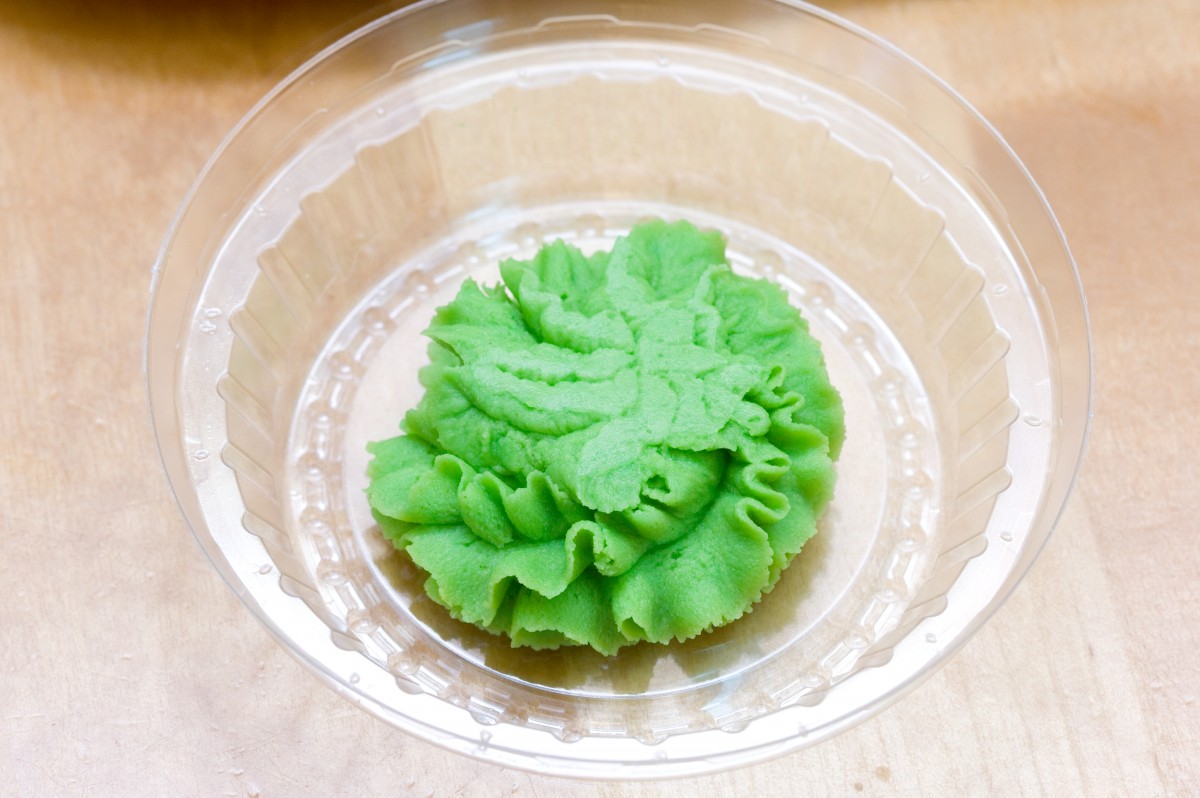
When we first decided to add wasabi to our mustard, we did so solely because it tastes great. The unique, nasal-cavity-clearing, Japanese variety of horseradish really livens up a roast beef sandwich, a pretzel, or even a potato salad. But it turns out we at DFC were ahead of a health curve with our wasabsession: Researchers in Japan (naturally) have determined that the bright green sushi condiment may help elderly folks with cognition.
The magic ingredient in the pungent rhizome is hexaraphane, a mustard oil that is present in wasabi in small amounts and has already been determined to have anti-inflammatory and antioxidant effects. The researchers created a new study to test if hexaraphane had an impact on brain function as well.
“In total, 72 healthy adults aged from 60 to 80 were divided into two groups for the research, with one taking 0.8 milligrams of hexaraphane as a daily supplement — equivalent to 5 grams of wasabi — for 12 weeks, while the other was given a placebo.
Post-trial cognitive tests showed that the group taking the supplement showed a significant improvement in their episodic and working memories compared to the placebo group.
Cognitive improvements were particularly evident in terms of their ability to process short conversations, perform simple calculations, and match names with faces.”
The study team believes their results can underpin a potential industry of memory-boosting products for elders. Until that happens, I might want to DIY this: 5 grams of straight wasabi per day sounds pretty doable, especially if accompanying a delightful sashimi lunch! Unfortunately, the amount of wasabi we use in our mustard is a trade secret, so we can’t tell you how much you’d need to consume to benefit your memory… So let’s just say, “plenty,” shall we?
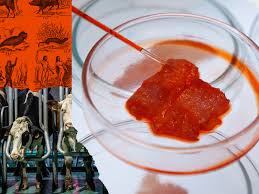
Things are cooking – pardon the pun – in the cultivated meat space, and the nation of Italy has just turned up the heat! Preempting a safety assessment by the EU, which is predicted to go through, the Italian parliament has banned cultivated meat in the country, as well as the use of meat-related terms, like “steak,” to describe plant-based alternatives.
Cultivated meat is a cruelty-free animal product, in which regular cuts of meat are grown in a lab from cells harvested from still-living livestock. In handing down their ruling, Italy asserted that a ban would support Italian farmers, and protect the country’s renowned culinary heritage. Fines between €10,000 – €60,000 will be levied per violation.
Naturally, folks are upset over Italy’s ban, the first in the world. Not least among them are developers of cultivated meat, like Netherlands-based Mosa Meat. They particularly take umbrage at the parliamentarians’ questioning of the quality of their results.
“Italy’s decision to reject cultivated meat sets it apart from other nations. Such products have been sold in Singapore since late 2020, and in June the US Department of Agriculture approved two companies – Upside Foods and Good Meat – to make and distribute cultivated meat, following initial safety approvals from the US Food and Drug Administration. These two firms are now selling their chicken products at restaurants in San Francisco and Washington DC, respectively. […]
In Romania, however, the Senate has voted to prohibit the sale of cultivated meat, and this measure awaits approval by the lower house of parliament. If enacted, it would mean fines of between €40,000 and €60,000 for violations.”
As someone who’s always enjoyed Italian food – and appreciated their curation of it – I can see where the concerned lawmakers are coming from. But, given the pressures on our environment exacted by traditional meat production, as well as the animal cruelty factor, I wonder if it might be time to forge a new tradition. The main selling point of cultivated meat is that it is indistinguishable from slaughtered meat. This makes Italy’s ban, in my eyes, purely philosophical. And I don’t know if our planet has enough time for this debate!
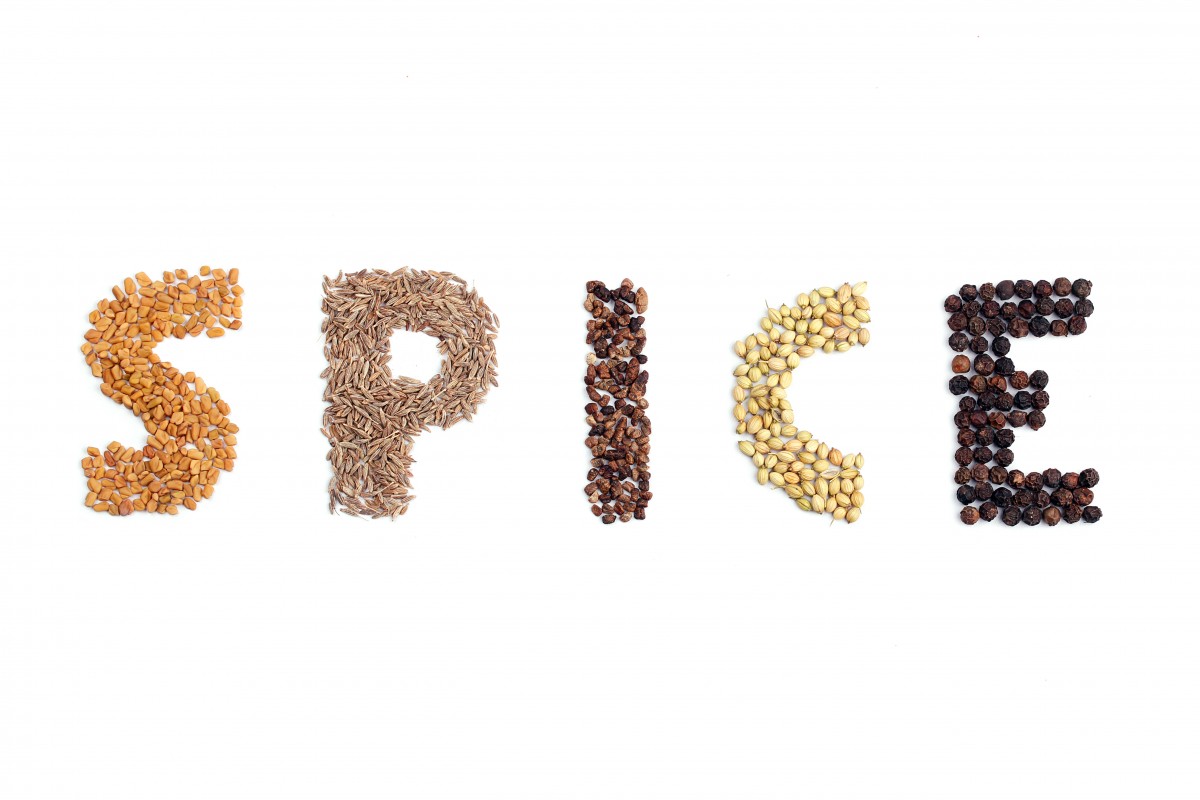
Sometimes the coolest part of science is when your hypothesis doesn’t work out. That’s what happened to a team of researchers from the Australian National University, as reported recently by the delicious food blog Gastro Obscura. They attempted to investigate if there was a scientific reason behind the correlation between the spiciness of a location’s cuisine and the average temperature, weather-wise. They even created a handy chart cross-referencing the mean number of spices used in recipes with the region’s mean annual temperature. The numbers clearly show that as the temperature goes up (from a low in Norway and Japan to a high in South India and Thailand), so do the cuisines’ spice levels.
There are, of course, pleasantly fascinating exceptions to the rule.
“Some of the world’s spiciest food comes from countries with the hottest climates: Indonesia and Thailand, the Caribbean and Kenya, and several Indian states, including Punjab, Rajasthan, and Gujarat. These places cluster together in the upper right corner of the graph. One country outdoes all of them: Ethiopia, spicier by far, despite having a slightly lower average temperature than all of them.
 If you want to know just how spicy Ethiopian cooking can get, try some doro wat, a fragrant, slow-cooked chicken stew that one reviewer describes as, “Very spicy. Super spicy. Like I-don’t-know-how-Ethiopians-have-any-taste-buds-left spicy.” On the other hand, some very hot countries are considerably less spicy: The Philippines is in the same spiciness league as Hungary, and Ghana is as spice-poor as the UK.”
If you want to know just how spicy Ethiopian cooking can get, try some doro wat, a fragrant, slow-cooked chicken stew that one reviewer describes as, “Very spicy. Super spicy. Like I-don’t-know-how-Ethiopians-have-any-taste-buds-left spicy.” On the other hand, some very hot countries are considerably less spicy: The Philippines is in the same spiciness league as Hungary, and Ghana is as spice-poor as the UK.”
The team theorized that a greater amount of spices is being used in hotter climates as a preservative, to reduce the risk of foodborne illnesses. They were, however, unable to prove this, because it turns out the collision of food and culture is far too complex to be the result of one reason! Which I’m glad of – sometimes a bit of mystery is welcome in the human experience. Not knowing the reason why doesn’t reduce the enjoyment I get out of trying out a yemisir wat recipe, or developing spicy new condiments. In fact, it increases it!